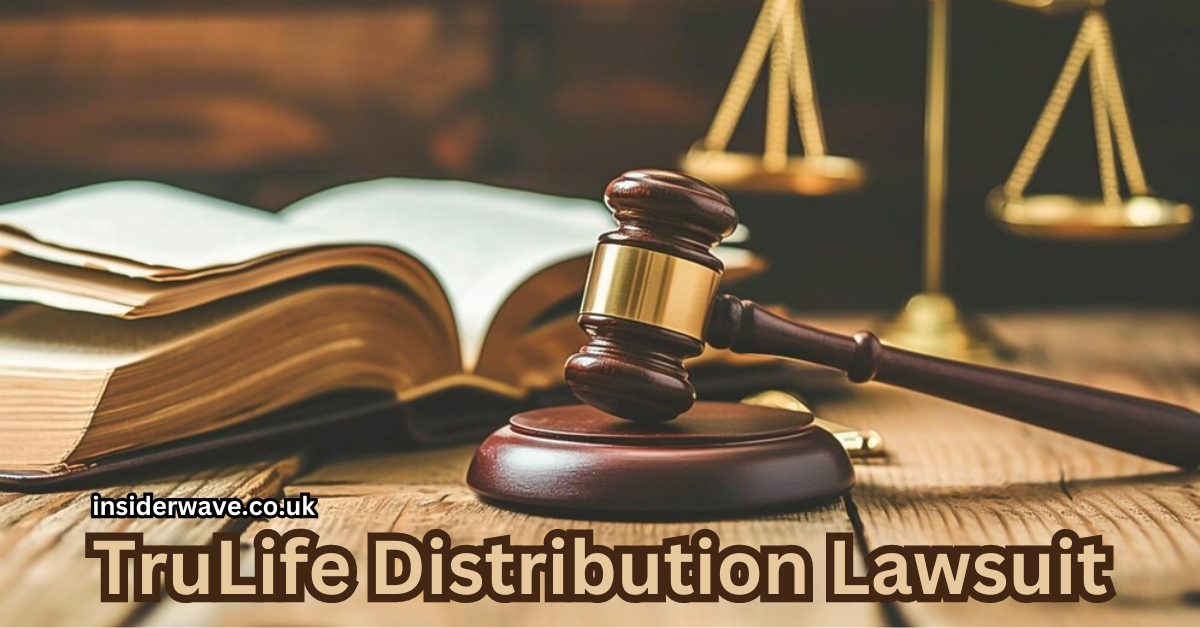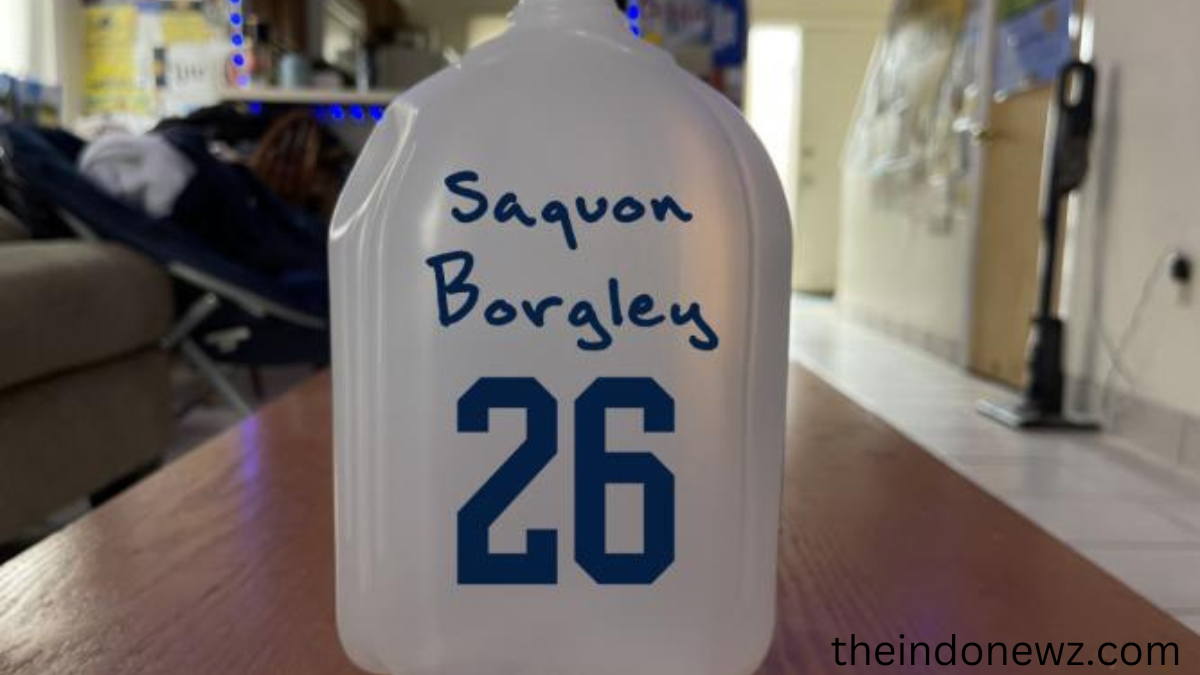In recent years, the health and wellness industry has seen its fair share of controversies, and the Trulife distribution lawsuit is no exception. This legal battle raises questions about business practices, consumer rights, and product quality. In this article, we’ll dive deep into the background, implications, and various perspectives surrounding the trulife distribution lawsuit.
What is Trulife?
Before diving into the lawsuit, it’s essential to understand what Trulife is and the products it offers. Founded with the mission of improving health and wellness, trulife distribution lawsuitis known for its diverse range of products, including nutritional supplements, weight loss aids, and various wellness solutions. The company prides itself on using high-quality ingredients and adhering to rigorous manufacturing standards. However, like many companies in the health industry, it has faced scrutiny and challenges regarding its business practices trulife distribution lawsuit.
Company Background
trulife distribution lawsuit was established in the early 2000s, targeting individuals looking to enhance their well-being through scientifically backed nutritional solutions. Over the years, the company expanded its product line to include everything from meal replacement shakes to vitamins and minerals. As the wellness market grew, so did Trulife’s popularity, attracting a loyal customer base and numerous health advocates.
Despite its positive image, the company has been embroiled in controversy, especially regarding its marketing practices and product efficacy. These concerns eventually led to the filing of a lawsuit that would put Trulife’s business operations under scrutiny.
Products and Market Position
Trulife’s offerings include a range of dietary supplements designed for various health goals, such as weight loss, muscle gain, and overall wellness. The company has positioned itself as a leader in the health supplement sector, often competing with other well-known brands.
In an era where health is a top priority for many consumers, trulife distribution lawsuit on the trend by marketing its products aggressively. However, this approach drew attention from regulatory bodies and competitors alike, leading to accusations of misleading claims and unethical business practices.
The Genesis of the Lawsuit

The trulife distribution lawsuit didn’t arise overnight; it was the culmination of various factors that raised red flags for consumers and industry watchdogs. Understanding the origins of the lawsuit can shed light on the issues at hand trulife distribution lawsuit.
Allegations of Misleading Advertising
One of the primary grievances against Trulife revolves around its advertising tactics. Critics have argued that the company made exaggerated claims about the effectiveness of its products. For instance, testimonials and before-and-after photos were used extensively, leading consumers to believe they would achieve dramatic results.
The lawsuit alleges that these marketing strategies not only misled consumers but also violated federal advertising regulations. Plaintiffs argue that they were led to purchase products under pretenses, significantly impacting their health and finances.
Regulatory Scrutiny
As the allegations gained traction, regulatory bodies began to take notice. The Federal Trade Commission (FTC) is known for monitoring companies in the health and wellness industry to ensure compliance with advertising guidelines. When concerns about Trulife’s practices surfaced, the FTC initiated an investigation.
This scrutiny led to increased public awareness of the potential legal implications for Trulife. The company found itself at a crossroads: it could either reform its advertising strategies or risk facing severe penalties. As the lawsuit unfolded, Trulife’s leadership was compelled to address these issues head-on trulife distribution lawsuit.
Consumer Backlash
In addition to regulatory scrutiny, Trulife faced significant backlash from consumers. Social media platforms became a hotbed for discussions about the company’s practices, with many former customers sharing their disappointing experiences. This grassroots movement amplified the allegations, creating a public relations crisis for Trulife.
The combination of legal action, regulatory pressure, and consumer dissatisfaction put Trulife in a precarious position. The company had to act quickly to protect its reputation and business operations.
Legal Proceedings and Developments
As the lawsuit progressed, several key developments emerged, highlighting the complexities of the case. Understanding these legal proceedings can offer insights into the broader implications for the health and wellness industry.
Filing the Lawsuit
The lawsuit was filed by a group of consumers who claimed they were misled by Trulife’s marketing practices. The plaintiffs sought damages for financial losses and alleged that the company’s deceptive advertising harmed their health.
This group represented a larger movement of dissatisfied customers, illustrating a growing concern about corporate accountability in the health supplement sector. Their collective action drew attention to the need for more stringent regulations and transparency in advertising.
Court Proceedings
The court proceedings have been lengthy, involving multiple hearings and a substantial amount of evidence. Both sides have presented their arguments, with Trulife defending its marketing strategies as legitimate business practices. Meanwhile, the plaintiffs have showcased testimonies and evidence to support their claims.
This back-and-forth has not only been about financial compensation but also about establishing a precedent for how health supplement companies market their products. The outcome could influence future regulations and set the tone for the industry as a whole trulife distribution lawsuit.
Settlement Talks
As the case continued, discussions about potential settlements emerged. Settlement talks often occur in lawsuits to avoid lengthy court battles and reduce legal expenses. Trulife, aware of the negative publicity surrounding the lawsuit, may consider a settlement to restore its image and resolve the issue amicably.
However, plaintiffs are also wary of settling. They want to ensure that the agreement not only compensates them but also enforces changes in Trulife’s business practices. This delicate balance makes the negotiation process complicated.
Implications for the Health Supplement Industry
The outcome of the Trulife distribution lawsuit could have far-reaching implications for the health supplement industry. It raises important questions about ethics, marketing practices, and consumer protection trulife distribution lawsuit.
Regulatory Changes
Should the court rule in favor of the plaintiffs, it could prompt regulatory agencies to implement stricter guidelines for health supplement marketing. This might include more rigorous vetting of advertisements and increased transparency about product efficacy.
Companies would need to rethink their marketing strategies to avoid legal repercussions. This could lead to a more trustworthy environment for consumers but may also challenge brands that rely heavily on testimonials and aggressive advertising.
Consumer Awareness
The lawsuit has also heightened consumer awareness regarding the products they use. More people are scrutinizing marketing claims and researching products before making purchases. This shift in consumer behavior could encourage companies to adopt more ethical practices, knowing that their customers are more informed and vigilant.
Precedent for Future Lawsuits
The Trulife distribution lawsuit may set a legal precedent for future cases in the health and wellness sector. If the plaintiffs win, it could empower more consumers to take legal action against companies that engage in misleading advertising practices.
This potential shift in the legal landscape could lead to a wave of lawsuits aimed at holding companies accountable, ultimately benefiting consumers and encouraging greater corporate responsibility.
Voices from Both Sides
As with any legal battle, there are multiple perspectives involved. Understanding the viewpoints of both Trulife and the plaintiffs can provide a more balanced view of the situationtrulife distribution lawsuit.
Trulife’s Perspective
From Trulife’s standpoint, the company insists that its marketing practices are in line with industry standards. They argue that testimonials are a legitimate way to demonstrate product effectiveness and that many customers have had positive experiences.
Trulife’s representatives have expressed concern over the lawsuit’s potential impact on their reputation and business operations. They are also focused on maintaining customer trust and ensuring that their products continue to meet consumer expectations.
Plaintiffs’ Arguments
On the other hand, plaintiffs argue that Trulife’s marketing tactics have harmed many individuals, leading to financial loss and disappointment. They emphasize the importance of truthfulness in advertising, especially in an industry where health is at stake.
The plaintiffs’ legal team has worked diligently to present evidence that supports their claims, including consumer testimonials and expert opinions. They believe that accountability is crucial to ensuring consumer protection and safety in the health supplement market.
The Future of Trulife
As the lawsuit continues to unfold, many are left wondering what the future holds for Trulife. The company is at a critical juncture, facing both legal challenges and a shifting consumer landscape.
Potential Outcomes
The possible outcomes of the lawsuit range from a favorable ruling for Trulife, which could allow it to continue its current practices, to a decision that forces the company to implement significant changes.
If the court rules in favor of the plaintiffs, Trulife may have to pay damages and revise its marketing strategies to align with new regulations. Such a ruling could also impact its bottom line, as consumers might lose trust in the brand.
Rebuilding Trust
Regardless of the lawsuit’s outcome, Trulife will likely need to focus on rebuilding consumer trust. This could involve increasing transparency about product ingredients and efficacy, improving customer service, and engaging more positively with consumers.
The company may also consider launching educational campaigns to inform customers about the importance of product research and understanding marketing claims.
Industry Reputation
The broader health supplement industry will also be watching closely. The outcome of the Trulife lawsuit could influence how other companies approach their marketing and advertising strategies.
A ruling against Trulife may prompt other companies to reevaluate their practices to avoid similar legal challenges, fostering a more ethical marketplace in the long run.
Conclusion
The Trulife distribution lawsuit highlights the critical intersection of consumer rights, ethical marketing, and corporate responsibility in the health supplement industry. As this case continues to unfold, it serves as a reminder of the importance of transparency and integrity in business practices.
Whether you’re a consumer, a health advocate, or simply interested in the dynamics of the wellness industry, the implications of this lawsuit are far-reaching. The outcome could reshape how companies operate and influence the trust consumers place in health products. As we await the final ruling, one thing is clear: accountability and honesty must remain at the forefront of the health and wellness conversation trulife distribution lawsuit.
The Trulife distribution lawsuit is more than just a legal battle; it’s a pivotal moment for consumers and companies alike. The lessons learned from this case could pave the way for a more transparent.


